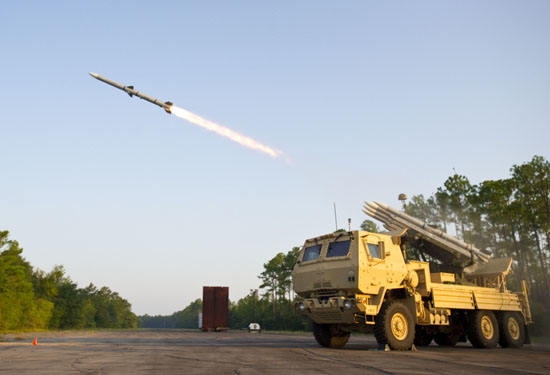The Australian government has officially approved development of a Short Range Ground Based Air Defence system to improve protection for deployed personnel. Minister for Defence Marise Payne said the project is the first step in the development of the Australian Army’s contribution to the Australian Defence Force’s Integrated Air and Missile Defence Program announced in the 2016 Defence White Paper.
The government will invest up to $2bn in the system which will provide the innermost layer of Australia’s enhanced integrated air and missile capability. The capability will be operated by the Army’s 16th Air Land Regiment.
“Australia’s current short-range capability is 30 years old and due to be retired early next decade,” Payne declared.
A Single Supplier Limited Request for Tender will be released to Raytheon Australia in the first half of 2017 to develop its National Advanced Surface to Air Missile System (NASAMS) for the Australian Defence Force.
NASAMS, jointly developed with Norway’s Kongsberg, is designed for mid-range air defence and can be deployed to engage aircraft, helicopters, cruise missiles and UAVs. The primary weapon is the AIM-120 AMRAAM, though the system can also use AIM-9X Sidewinder, Evolved Sea Sparrow, and indigenous missiles. It is currently in service in the U.S. and six other countries.
The government says it will collaborate with Raytheon Australia and Canberra-based CEA Technologies to look at integrating the latter’s radar into an upgraded NASAMS. The company’s phased array radar system has been incorporated into Australia’s ANZAC class frigates and the technology will now be trialled in a land-based role. The Australians also say they will investigate using Thales Australia’s ‘Hawkei’ protected mobility vehicle, manufactured in Bendigo, Victoria, as a potential platform for the system’s missile launchers.
The government is expected to make a final decision in 2019.

